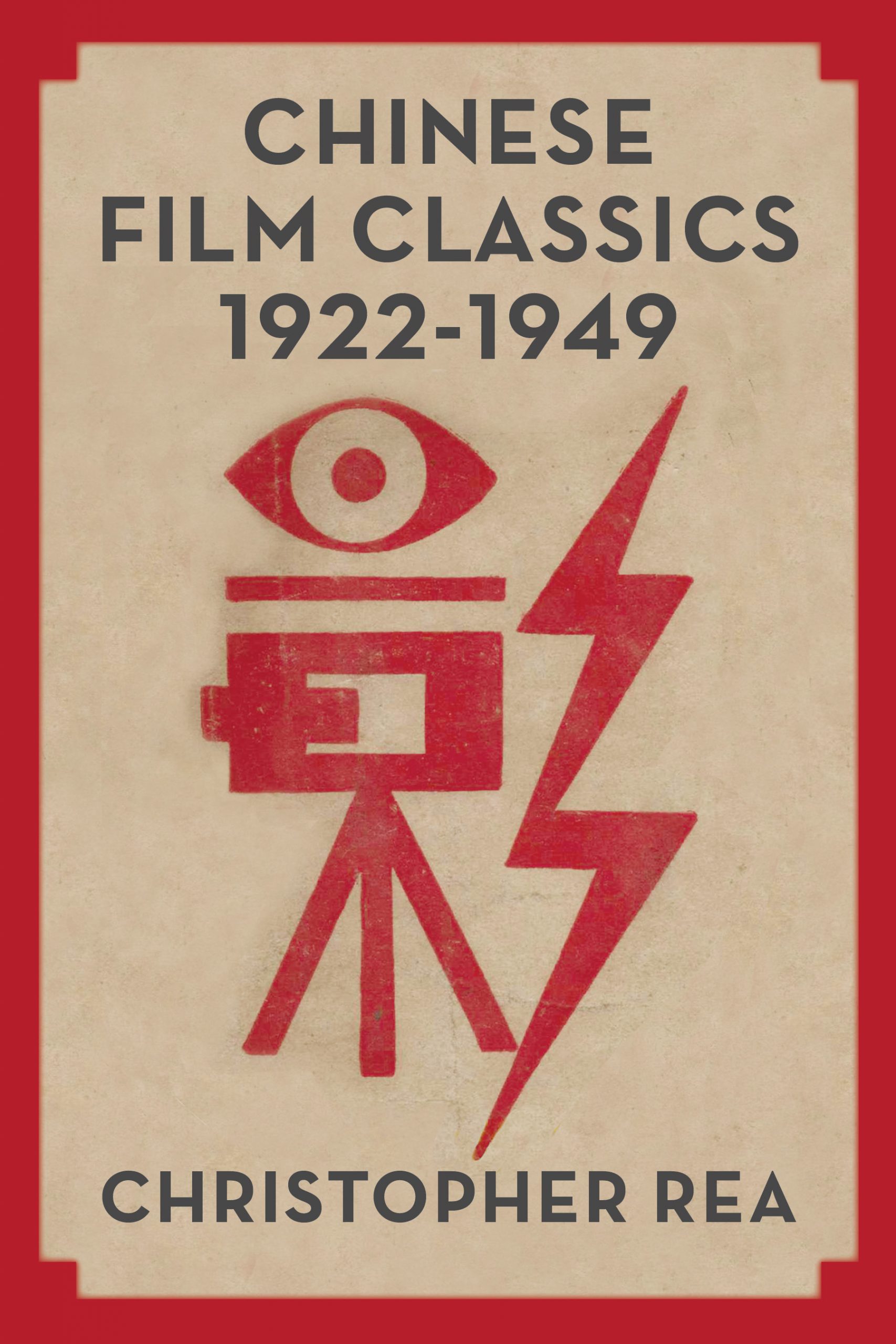Module 1: Laborer’s Love (1922)
Laborer’s Love is currently the earliest-known surviving complete Chinese-made film. A carpenter-turned-fruit seller courts a doctor’s daughter, but her father tells him that he’ll only marry his daughter to the man who can bring him more patients. Watch how Carpenter Zheng uses the tools of his trade to get the girl! The film contains original bilingual Chinese-English intertitles. In this copy, the Chinese text has been translated only in instances where the meaning of the Chinese words and the English words is significantly different.
This module corresponds to chapter 1 of the book Chinese Film Classics, 1922-1949.
The film:
Laogong zhi aiqing
Alternative title: Zhi guo yuan 擲菓緣 (A Marriage Made by Flinging Fruit)
Alternative English titles: A Marriage Made by Flinging Fruit, Romance of a Fruit Peddler
Director: Zhang Shichuan
Screenwriter: Zheng Zhengqiu
Studio: Mingxing
Year of release: 1922
Cast: Cheng Cheh Ku (Zheng Zhegu), Yu Ying, Zheng Zhengqiu (credited as Cheng Kung [“Mr. Zheng”], T.M. Loh (Lu Tie[min?])
English translation by Christopher Rea
Video lecture 1: Laborer’s Love as a comedy
15 minutes
Contents:
- Plot summary
- Cinema of attractions vs. narrative cinema
- Laborer’s Love’s connections to the comedies of Harold Lloyd, Buster Keaton, Charlie Chaplin; Chinese films of the Republican era; and Chinese comedic conventions
- Key motifs: glasses, staircase, connection devices
Video lecture 2: Tools and tricks of the trade
10 minutes
Contents:
- Laborer’s Love as a film about artisanship, including the craft of filmmaking
- Visual puns
- Trick cinematography in Laborer’s Love
- Trick photography in Chinese popular culture
- The amateur ethos and embrace of experimentation
- Bilingual intertitles
- Editing errors and other aspects of the surviving print
Learn More
Scenes from Laborer’s Love:
The sex joke at the beginning of Laborer’s Love, discussed in video lecture 1:
The connection device that Carpenter Zheng and Miss Zhu use to send tokens of affection to each other:
The fast-forward special effect at the end of Laborer’s Love:
Comparisons with other films:
A connection device in the early French film The Sprinkler Sprinkled (1895):
Watch how a connection device is used in the opening scene of Harold Lloyd’s Never Weaken (1921):
Buster Keaton’s The Haunted House (1921) uses the staircase to comic effect in several scenes, developing the motif throughout the film. Watch these examples:
The Haunted House, staircase sequence 1:
The Haunted House, staircase sequence 2:
The Haunted House, staircase sequence 3:
Buster Keaton’s The Electric House (1921), made just one year before Laborer’s Love also showcases a funny staircase. Things start to go wacky around minute 5:
A trick staircase reminiscent of The Haunted House also appears in a 1929 Chinese silent film, the action-comedy Woman Warrior White Rose.
Watch how how a staircase is used for bedlam comedy in Wanderings of Three-Hairs the Orphan (1949), around 1 hour 4 minutes:
For a detailed discussion of connections between vaudeville cinema in China and Hollywood (including Laborer’s Love), watch this conversation between Christopher Rea and Henry Jenkins:
and read a transcript of the conversation (with images), “The Ancient Art of Falling Down: Vaudeville Cinema Between Hollywood and China,” here.
Related Posts
Teaching Resources for Early Chinese Cinema
The Chinese Film Classics Project is a research, teaching, and translation initiative aimed at making early Chinese cinema more accessible to the general public

Special Effects
Special effects were common in early Chinese cinema, especially in comedies and martial arts (wuxia) films of the 1920s

Chinese Film Classics, 1922-1929 (2021), by Christopher Rea
An essential guide to the first golden age of Chinese cinema, offering detailed introductions to fourteen films.

An Amorous History of the Silver Screen (2005), by Zhang Zhen
The first sustained historical study of the emergence of cinema in China, An Amorous History of the Silver Screen is a fascinating narrative that illustrates the immense cultural significance of film and its power as a vehicle for social change.

Laborer’s Love 勞工之愛情 (1922)
Laborer's Love (Laogong zhi aiqing, 1922) is the earliest known extant complete film made by Chinese filmmakers.



